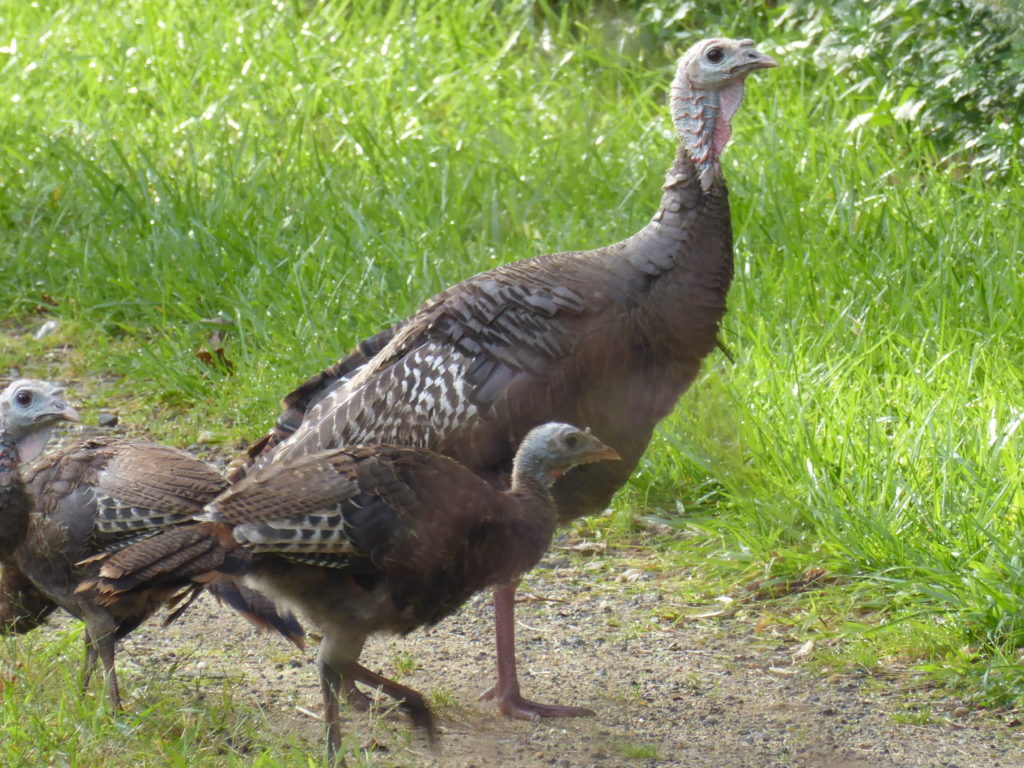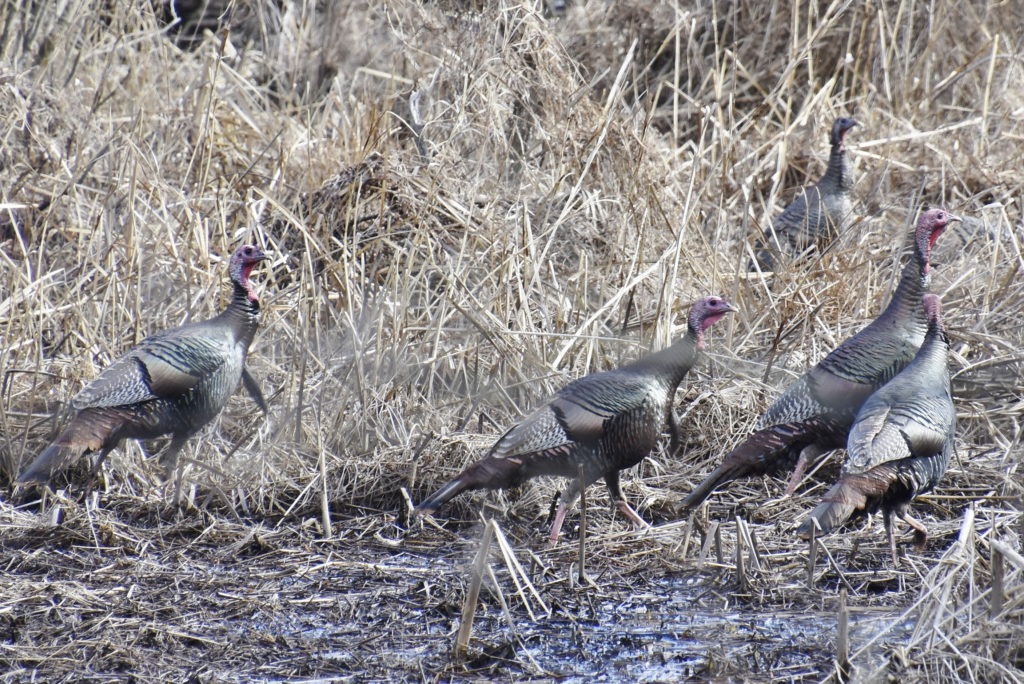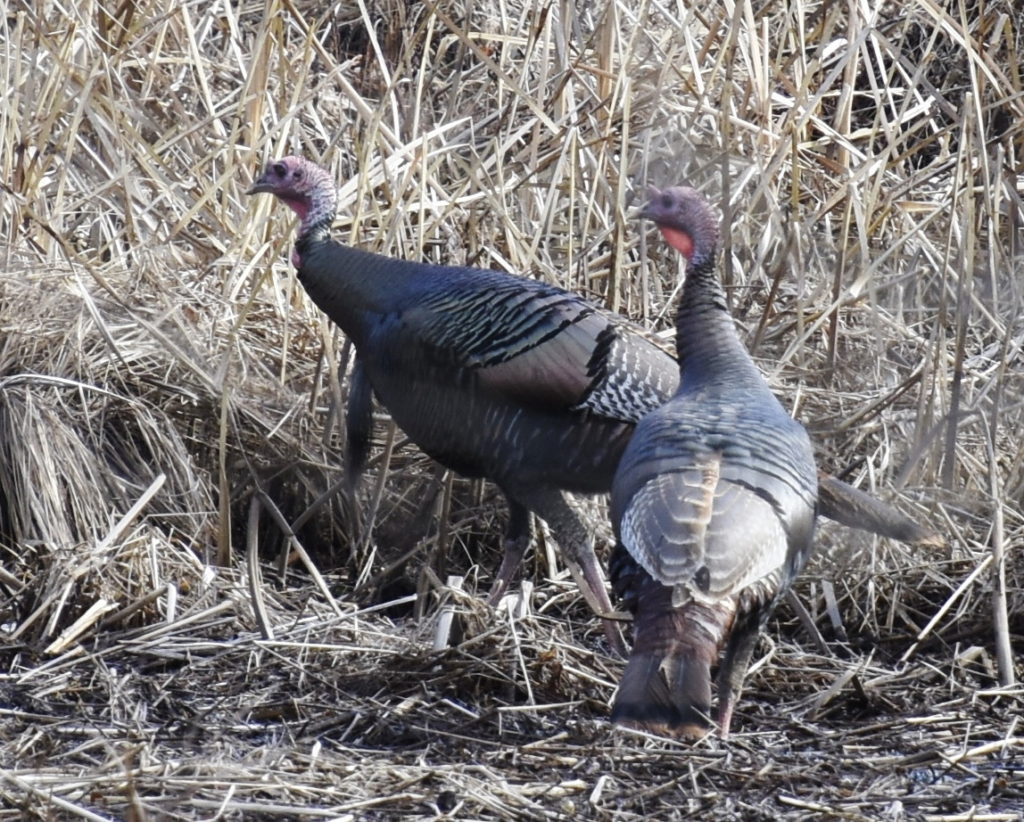Ben Franklin's Bird
A popular legend of American history is Ben Franklin wanting our national bird to be a Wild Turkey and for it to be emblazoned on the Great Seal of the United States. In actuality that is not true but Franklin did express in a letter to his daughter his criticisms of the original eagle design saying it looked more like a turkey than an eagle. In that letter he stated: the “Bald Eagle is a bird of bad moral character. He does not get is living honestly…He is too lazy to fish for himself”. He further stated the turkey is “a much more respectable bird, and withal a true original Native of America…He is besides, though a little vain and silly, a Bird of Courage.” Franklin reached his conclusions from observing the birds and noting how the Bald Eagle will often sit in a tree along the river watching a fish hawk (Osprey) pluck a fish out the water and then swoop down to take it away. Great story but still a myth.
At Lumberton we have an excellent habitat for the Wild Turkey, in that we have a mixture of woodlands with clearings, as well as open habitat on our lawns and in our meadow. It is not uncommon to see a cluster of Turkeys wander across lawns and through the meadow. If you are down in the woods you may come across them foraging in open areas in groups of up to a dozen or more birds. Their diet is omnivorous, predominantly plant material with seeds and acorns being their favorite food. They forage by scratching the ground and leaf litter and you can sometimes see scratched out bald patches surrounded by leaves. In the winter time with snow on the ground their tracks are very evident.
The male or Tom is a very large and heavy bird compared to the female or Hen. Both the male and female have bald, wrinkly heads but the male is particularly distinctive. He has wart-like growths on its head, nape and neck, as well as loose reddish flesh along his neck called wattles, and a fleshy tube like growth by its beak called a snood. Protruding from his chest is a growth of feathers that looks like a beard. When excited during sexual display, the male will swell, fan its tail and have its fleshy hangings engorge with blood and turn very reddish.
Turkeys are capable of flying but they need a running start to get their heavy bodies airborne and do not fly great distances. Basically, they fly to escape danger and to roost in trees at night. Vocally, they gobble and cluck, just like domestic turkeys.
Text and photographs by Robert Koch




